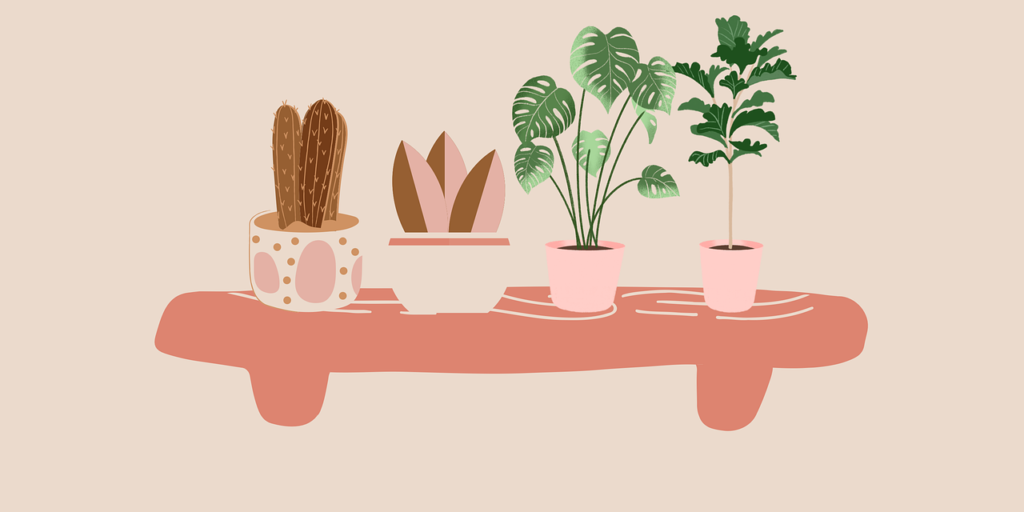Whether indoor plants can survive outdoors depends on several factors including the specific type of plant, the climate conditions, and the care it receives.
Some indoor plants may be able to adapt to outdoor conditions if the climate and environment are suitable for them. However, many indoor plants are not well-equipped to survive outdoors, especially if they have been grown in controlled indoor environments with stable temperatures and limited exposure to sunlight.
Before moving an indoor plant outdoors, it’s important to research the plant’s specific requirements and consider factors such as temperature, sunlight, humidity, and soil conditions. Some indoor plants may be sensitive to temperature fluctuations, direct sunlight, wind, or pests that are more prevalent outdoors.
During the summer, you can improve the health and appearance of your house plants by moving them outside.
Most indoor plants thrive in outdoor conditions, although it’s best to keep tender tropical plants, such as moth orchids and African violets, indoors. Rain will wash away accumulated dust, while increased light intensity promotes healthy growth.
But although they’re already accustomed to shade and warm temperatures, your plants will suffer if moved outside all in one go, so acclimatise them first.
Most house plants be put outside between May and September. Timings do vary around the country and from year to year, so to be safe, wait until about 2-4 weeks since the last frost. If your garden is exposed, then you may also choose to wait a little later.
In summary, while some indoor plants may survive outdoors under the right conditions, it’s essential to research the plant’s specific needs and provide appropriate care to ensure its health and survival.

